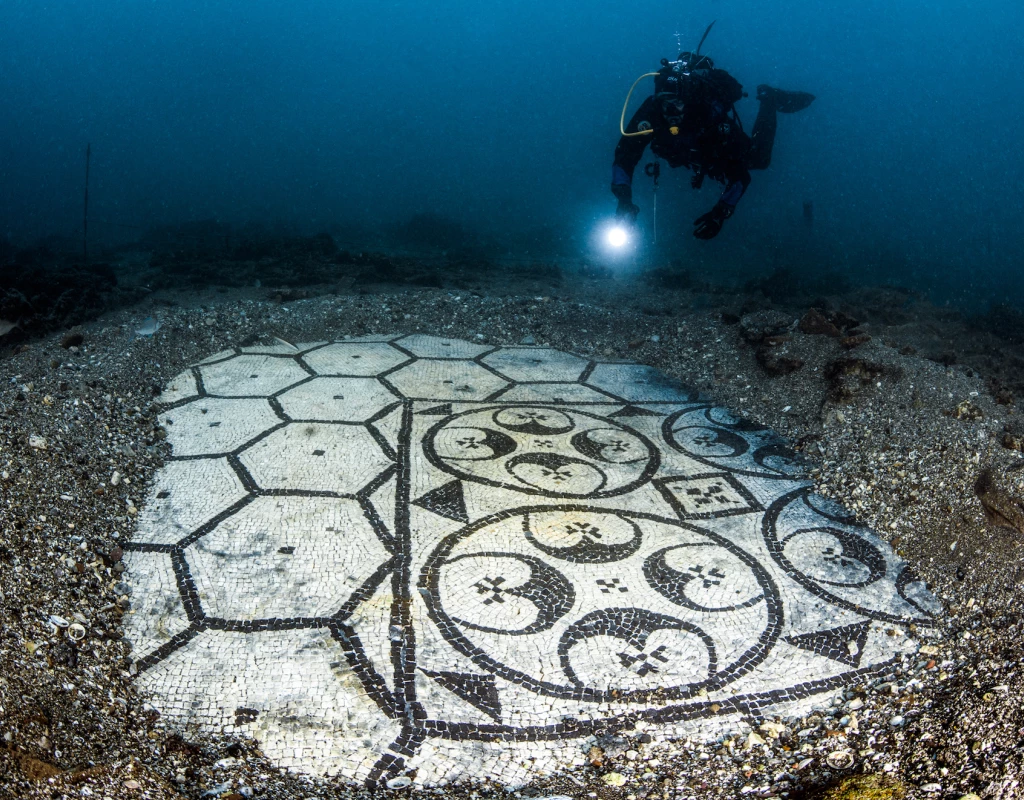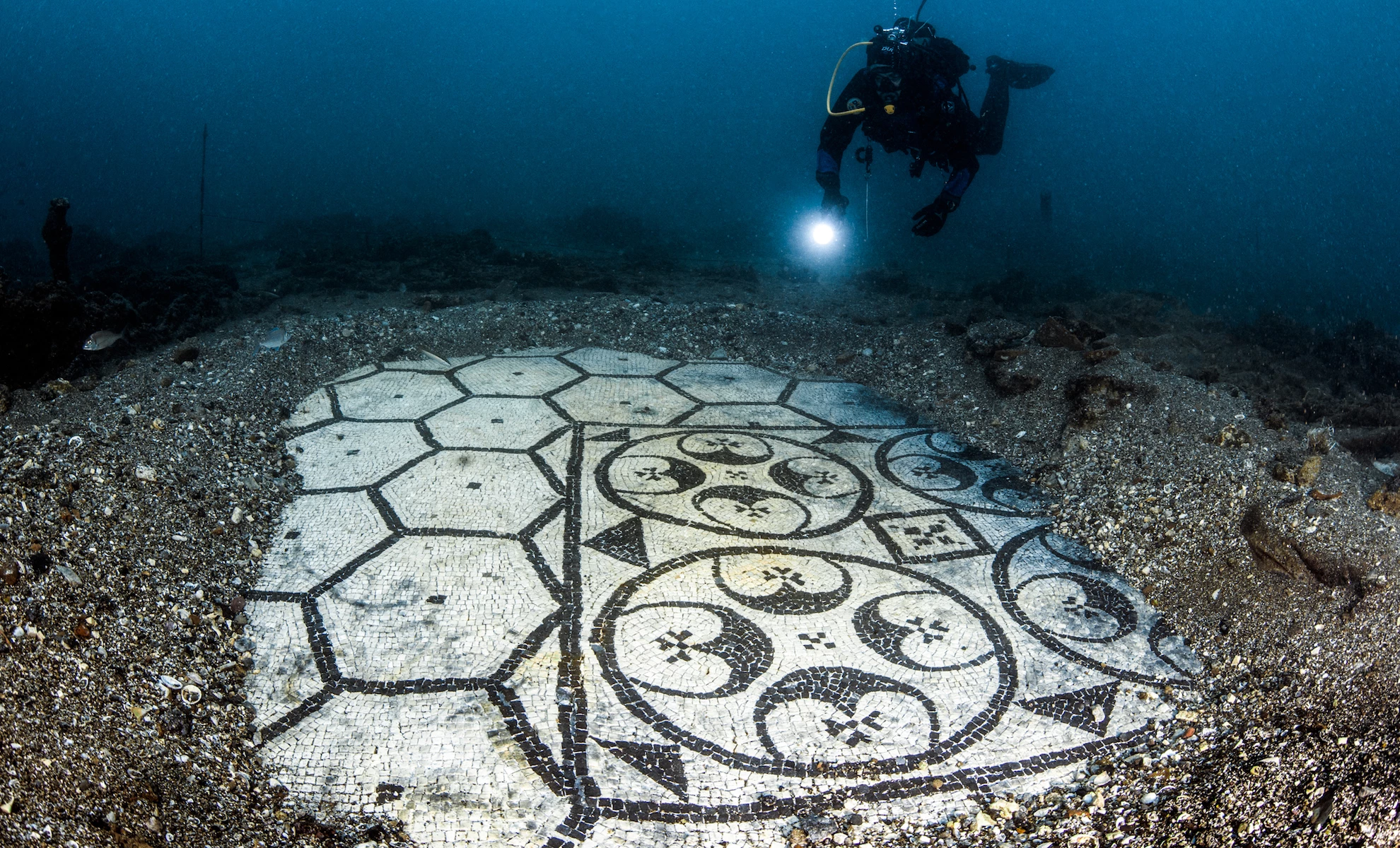Raimondo Bucher has been the greatest Italian scuba diver and a famous aviator. A ma capable of diving for 30mt under water without oxygen or piloting a P51 Mustang fighter.
Ph. Edoardo Ruspantini
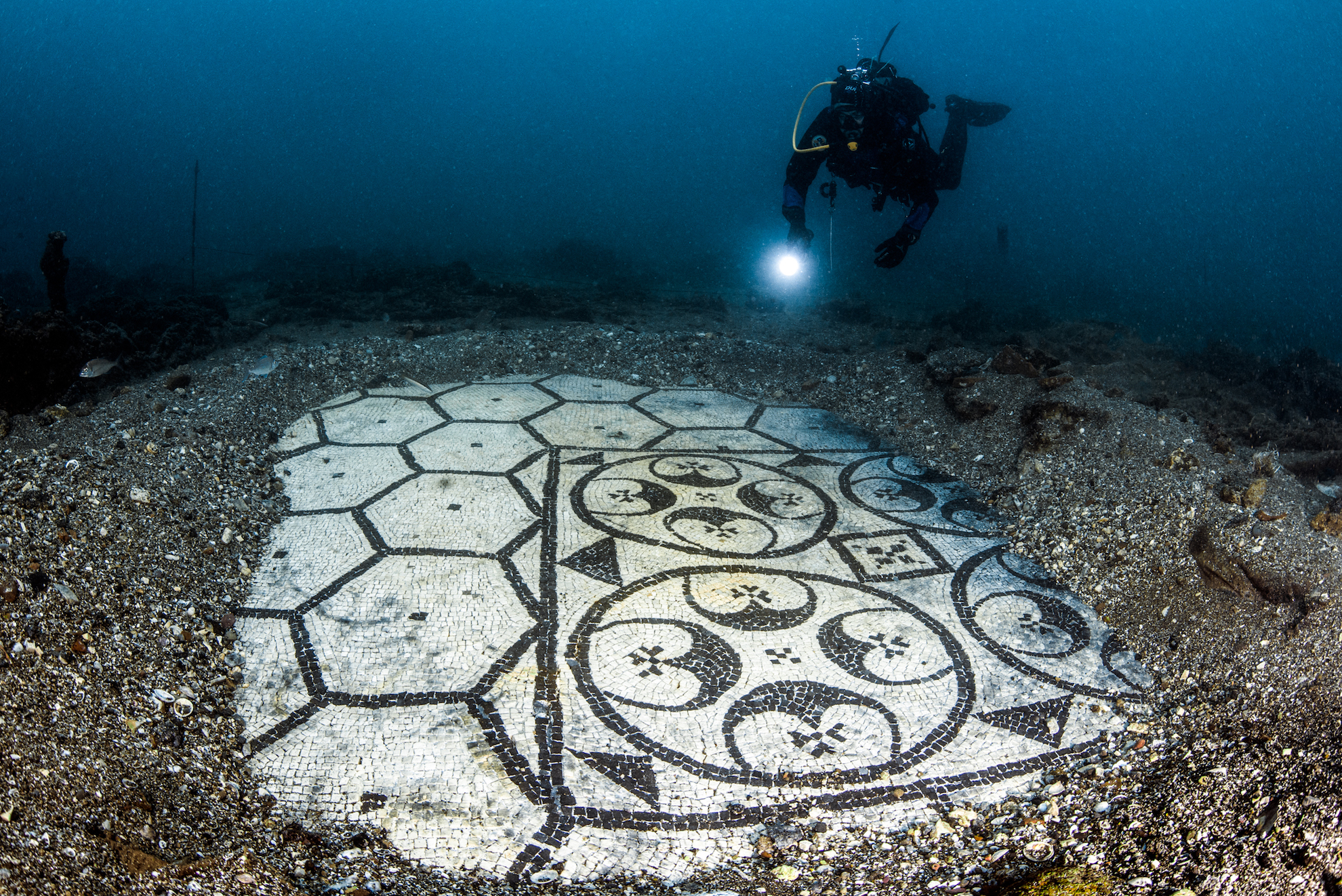
It was during one of his flights that Bucher was able to connect his two passions: the one for air and the one for the sea. It was 1956 when he was flying over the are of Lacus Baianus, today not far away frome lake Lucrino in the heart of the Phlegrean Fields. From his aerial pictures ruins of an under water ancient Roman city were visible. A fascinating and surprising but not impossible theory since that zone of Campania region is know for bradyseism.
At the beginning of the 60’s archeological surveys created the first blue print of the submerged city of Baia: the port, the nymphaeum of emperor Claudius, the shops, the streets and most of all the villas belonged to the aristochratic Roman families. We are in 37 b.C. and Baia is slowly becoming as important as Puteoli (the ancient Pozzuoli) for the recreational activities.
"It was amazing: beautiful mosaics, impressive columns, streets and the remains of dwellings emerged a little depht, where every kind of boats passed through and moored"Raimondo Bucher
This is because Baia was a know,, expensive and exclusive holiday location far away from the stress and routing going on in Rome. Romans came here to relax and to enjoy the pleasures of life. Along with the holiday mood there was even the practical and military side: not far away there was the Miseno fleet, one of the most active of the Roman Empire that was connected to the port of Baia through a navigable channel around which luxurius villas were built.
Between laboratories, fish stands and shops there were these incredible houses. Among them Villa a Protiro famous for its entrance rapresenting two seats made of rock. It is here that that we can admire one of Baia’s most beautiful images: the mosaic floor made of black and white tiles taht create an esagonal pattern that is still beautifully preserved after centuries of history. A sort of rag that has become one thing with the sand below it that creates harmonic and sinuous shapes.
Ph. Edoardo Ruspantini
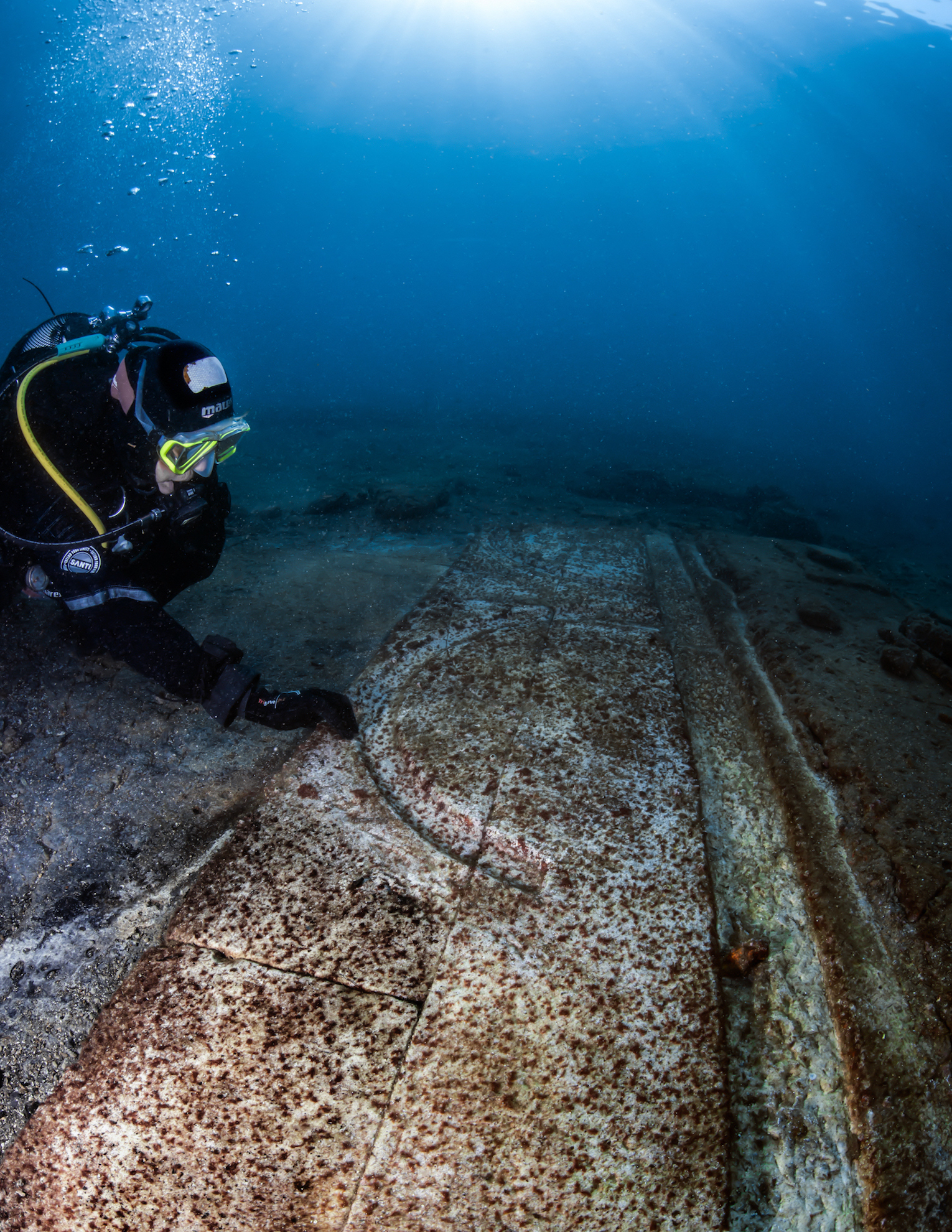
Ph. Edoardo Ruspantini
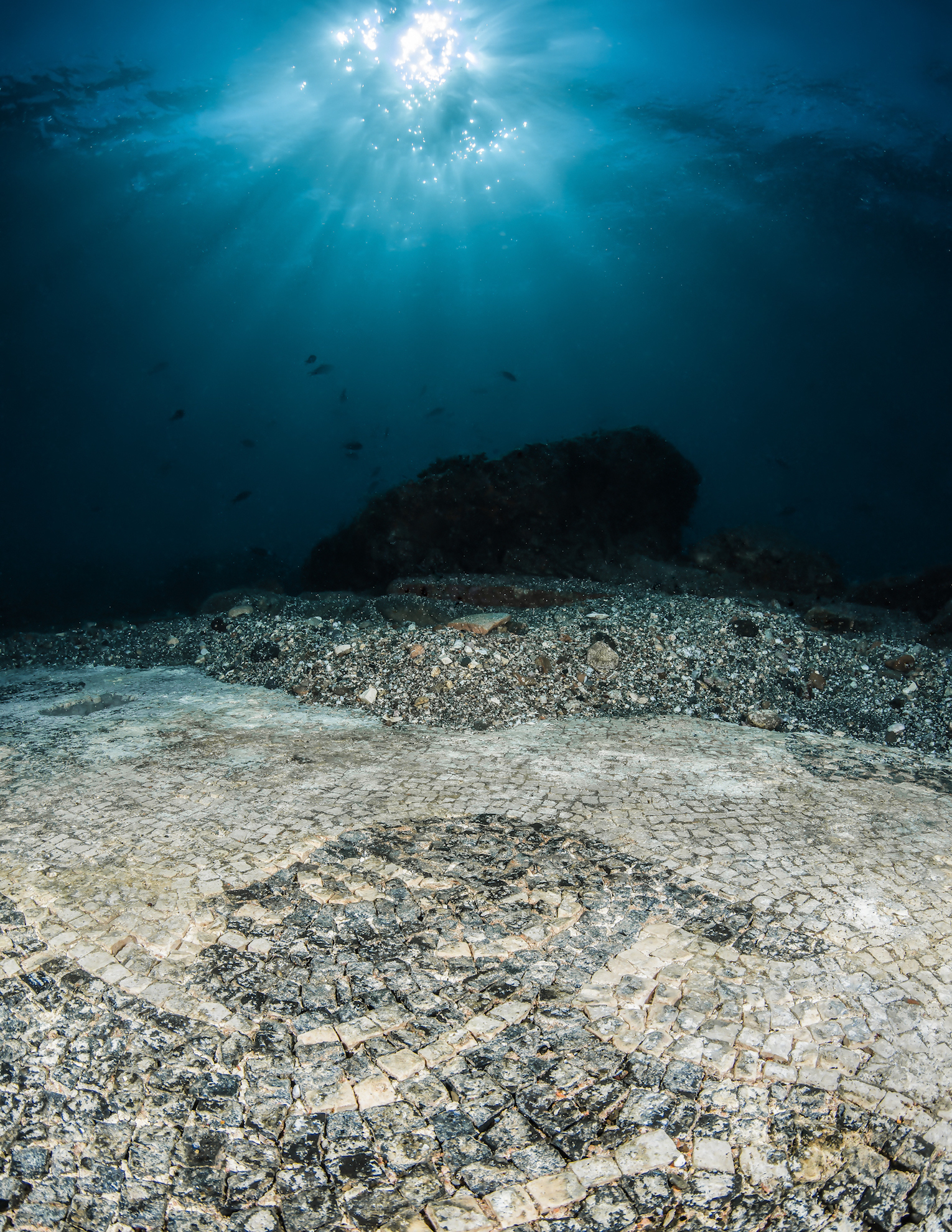
The view of the floor creates emotions and memories. The game is to imagine who, during the Roman empire, has visitied these chambers before natural disasters and bradyseism would turn ancient Baia in the Atlantyis of the Phlegrean Fields. Still today we are not totally sure by who the villa was owned. But we do know, by looking at the pillars in the southern part of the villa that the villa had a docking station for bigger boats. Maybe a shelter for military ships. These are though only hypotheses.
The perimeter of the villa is walkable following a thin rope. Remaining in the mythological metaphor, as Theseus unlashed his ball in order to find his way through the labyrinth of the Minotaur, the visitor can follow his own string to discover the rooms, the gardens and the hidden angles of this ancient villa on the sea. The immersions are of two different kinds: diving for those who want to use oxygen and reach 5 meters below sea level and snorkeling for those who want to stay on the surface of water and enjoy the spectacle from above.
Ph. Edoardo Ruspantini
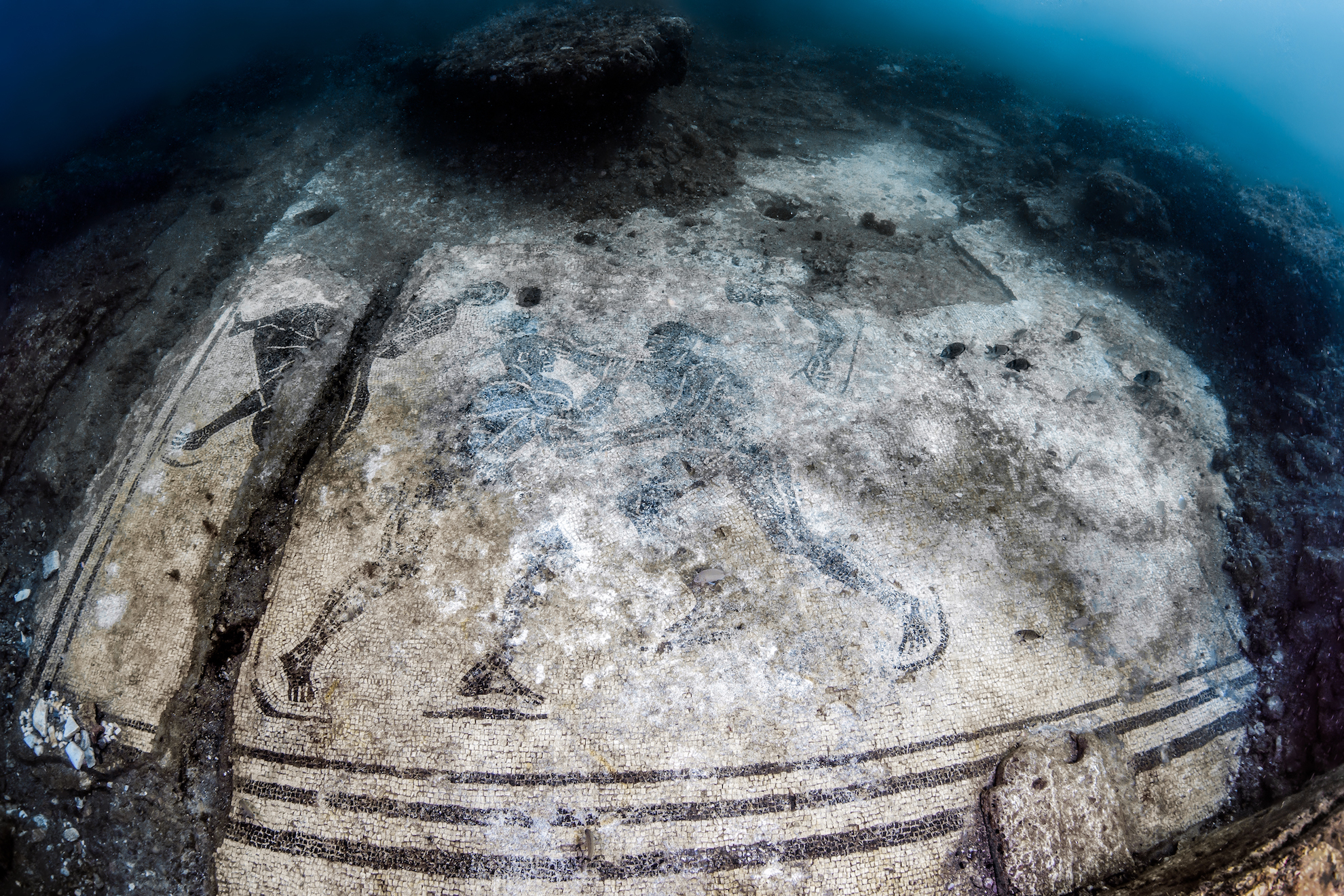
“We are talking about an unique experience – says Eduardo Ruspantini – diver that guides the under water excursions. Not every day we have the chance to dive into history”. Words that come with us while visiting the villa as we see the esagonal floor rapresenting two fighters on the point of confronting each other. An amazing discovery on these seabeds on top of which we can admire one of the world’s most beautiful views.
